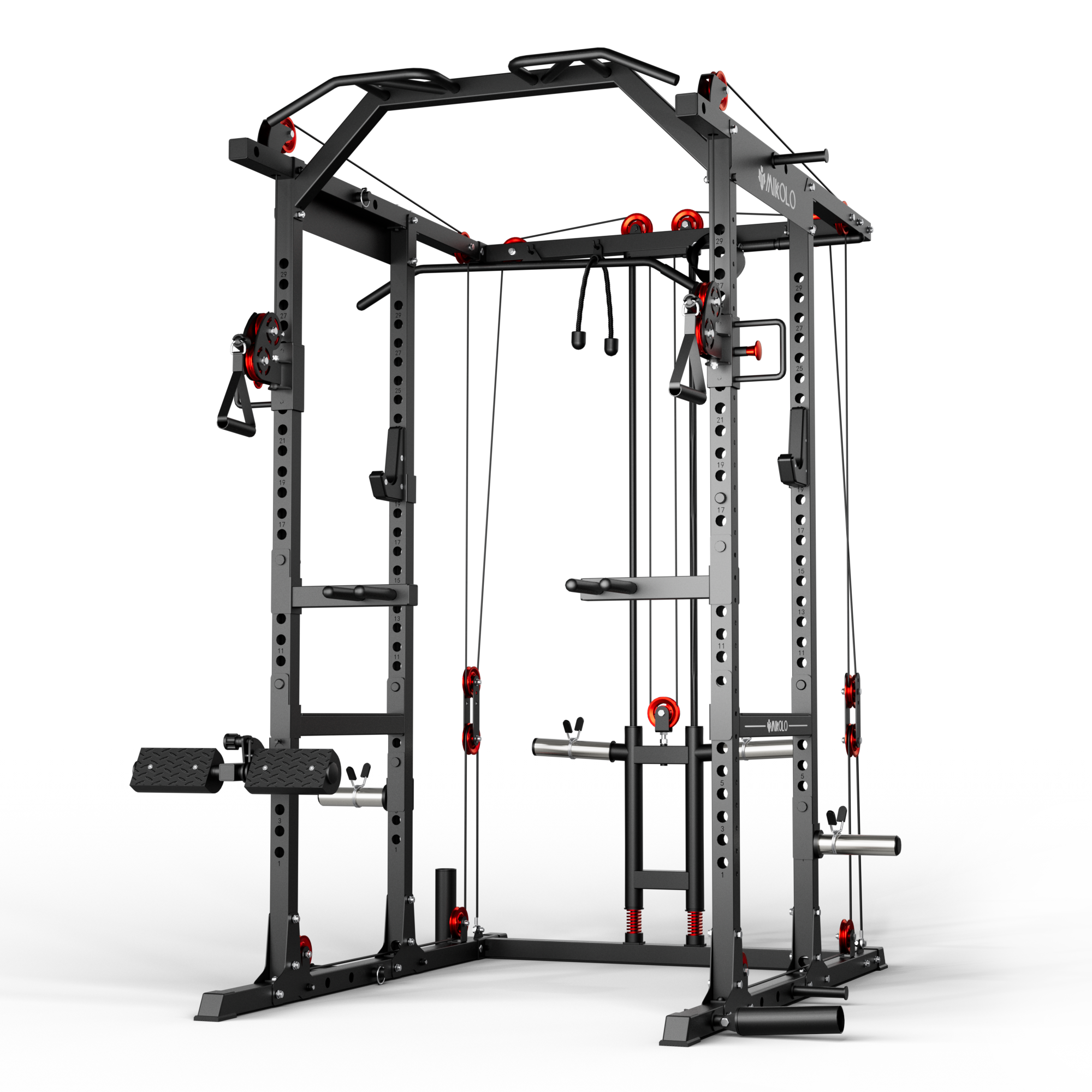When it comes to sculpting a strong, balanced chest, dumbbells are an incredibly effective and accessible tool. Unlike machines or barbells, dumbbells allow for a greater range of motion and work each side of the body independently—helping you correct imbalances and deeply engage the pectoral muscles. Whether you're training at home or in the gym, this guide will walk you through how to effectively work your pecs with dumbbells, build muscle mass, and develop strength with proper technique.
Understanding Your Chest Muscles
Before diving into the exercises, it helps to understand the anatomy you're targeting. The pectoralis major is the main chest muscle, responsible for movements like pushing, lifting, and hugging. It has two heads—the clavicular (upper chest) and sternal (mid to lower chest)—which can be trained with slight changes in angle and grip. Dumbbell workouts allow you to hit both areas efficiently.
Why Dumbbells Are Perfect for Chest Workouts
Dumbbells not only offer versatility but also require more stabilization, which engages smaller supporting muscles. Unlike a barbell, which can mask one side doing more work than the other, dumbbells force both pecs to contribute equally. This reduces the risk of developing asymmetries and strengthens connective tissues over time.
The Core Dumbbell Chest Exercises
Here are foundational movements to build mass and definition in your chest using dumbbells:
1. Flat Dumbbell Bench Press
-
Focus: Mid chest (sternal head)
-
Lie on a flat bench with a dumbbell in each hand. Lower them slowly to chest level, then press up while squeezing your pecs.
-
Tip: Keep your shoulder blades retracted to protect your joints and better engage the chest.
2. Incline Dumbbell Press
-
Focus: Upper chest (clavicular head)
-
Set the bench to a 30–45° incline. This angle shifts more emphasis to the upper pecs.
-
Tip: Don’t lock out at the top—keep constant tension on your pecs.
3. Dumbbell Flys
-
Focus: Chest stretch and inner chest development
-
Performed on either flat or incline benches, flys isolate the pecs while giving them a deep stretch at the bottom.
-
Tip: Keep a slight bend in the elbows and avoid going too low to prevent shoulder strain.
4. Dumbbell Pullover
-
Focus: Chest and serratus anterior
-
Lie on a bench holding a single dumbbell over your chest with both hands. Lower it behind your head and pull back up.
-
Tip: Keep your hips low and feel the chest working through the full range.
5. Decline Dumbbell Press (Optional)
-
Focus: Lower pecs
-
Using a decline bench adds emphasis to the lower portion of the chest.
-
Tip: Use lighter weights at first to get used to the angle and balance.
Training Tips for Maximum Chest Growth
-
Progressive Overload: Increase the weight or number of reps over time to challenge your muscles.
-
Mind-Muscle Connection: Focus on squeezing your pecs during each rep. This improves muscle activation and results.
-
Rest and Recovery: Train chest 1–2 times a week with at least 48 hours of rest in between sessions.
-
Volume and Reps: For building mass, aim for 3–4 sets of 8–12 reps per exercise.
Personal Insight: From Flat to Full Chest
When I first began training, my chest was by far the weakest part of my upper body. I didn’t have access to a barbell bench press, so dumbbells were my only option. I started with 20-pound dumbbells, focusing on strict form and deep contractions. Over time, by mixing incline and flat pressing with flys and pullovers, I not only increased my chest size but improved overall symmetry. Dumbbells taught me control, helped eliminate shoulder pain, and forced me to work each side equally. Years later, they remain my go-to tool for chest training.
Sample Dumbbell Chest Workout
| Exercise | Sets | Reps |
|---|---|---|
| Flat Dumbbell Press | 4 | 8–12 |
| Incline Dumbbell Press | 3 | 10 |
| Dumbbell Flys (flat or incline) | 3 | 12–15 |
| Dumbbell Pullover | 3 | 12 |
| Push-ups (Burnout) | 2 | To Failure |
Optional: Swap in decline dumbbell press every other week to hit the lower chest more directly.
Final Thoughts
You don’t need a barbell or fancy machines to build a powerful chest. Training your pecs with dumbbells is not only practical but incredibly effective when done consistently with proper technique. Whether you're a beginner looking to define your upper body or an experienced lifter aiming to break plateaus, dumbbells offer everything you need to build strong, full chest muscles from top to bottom.













































Leave a comment
This site is protected by hCaptcha and the hCaptcha Privacy Policy and Terms of Service apply.